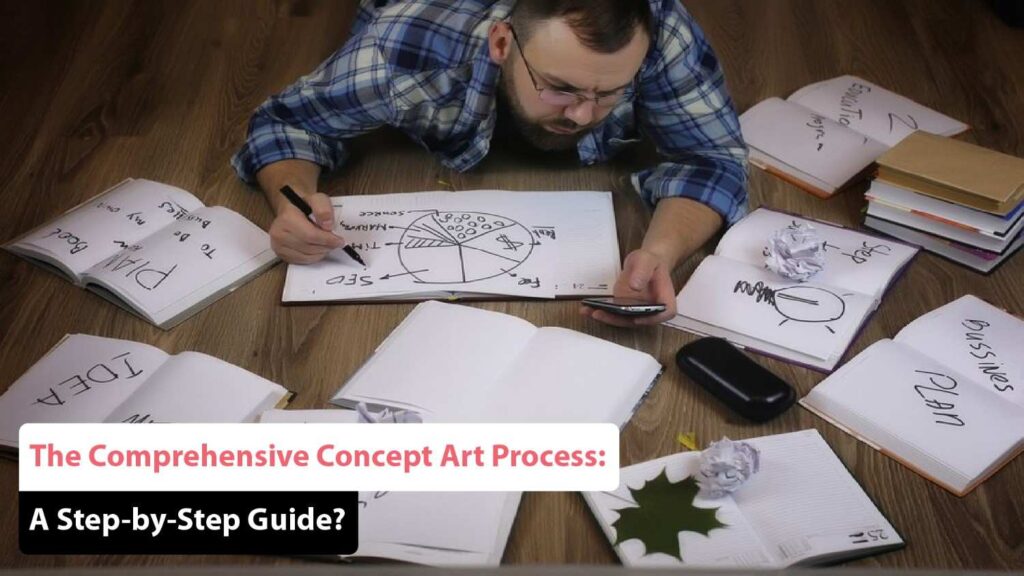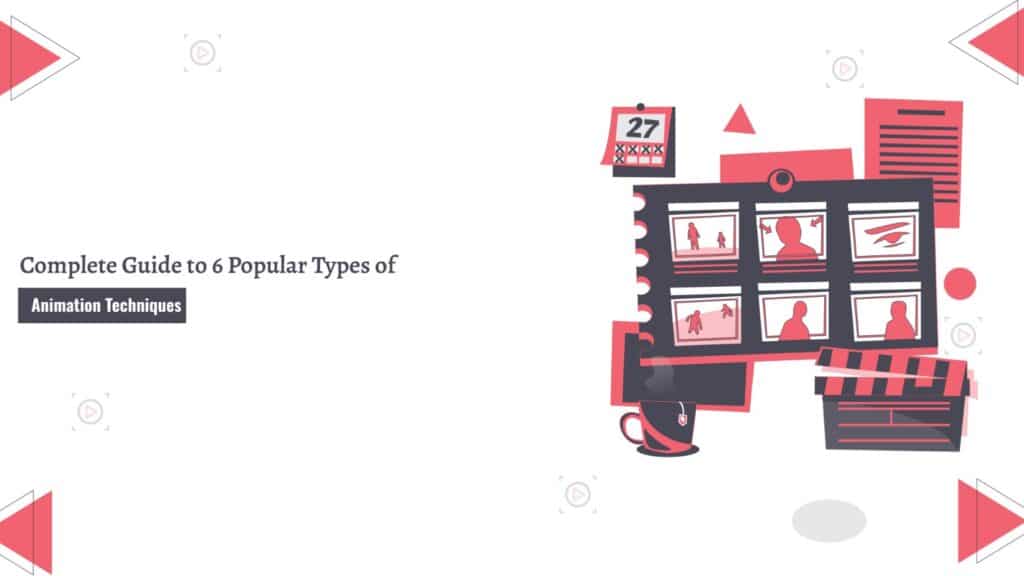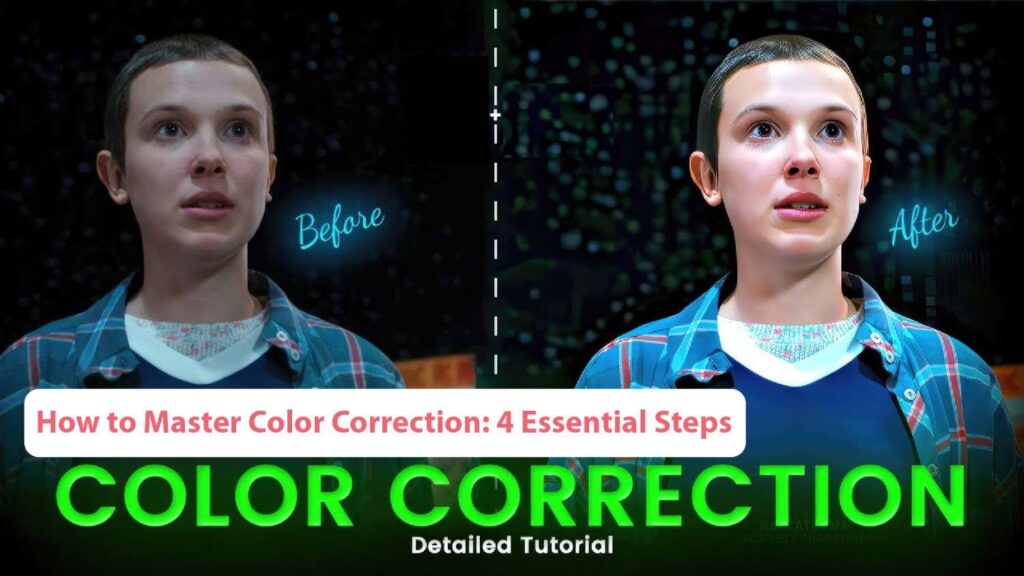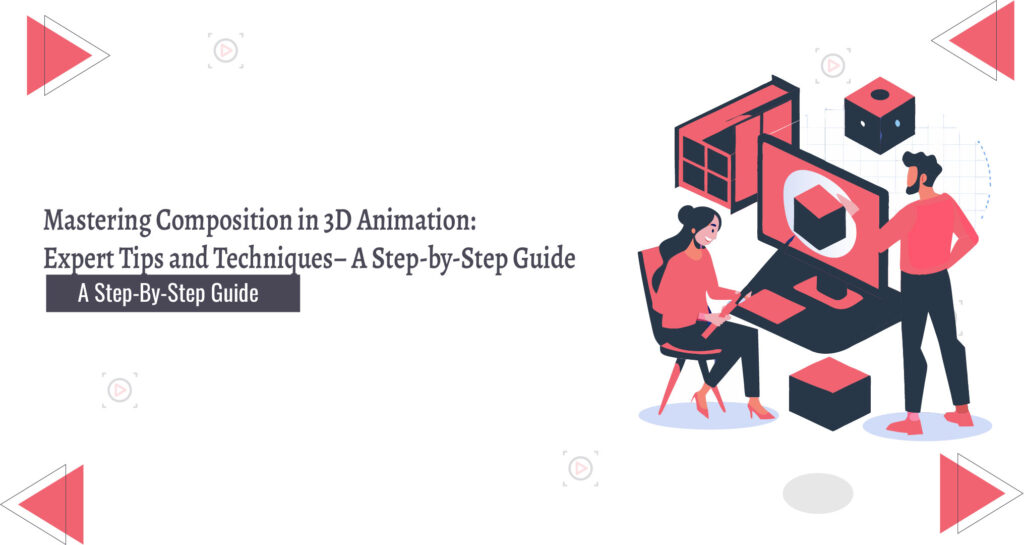The Complete Concept Art Process: A Step-by-Step Guide?
The concept art process is a multi-faceted journey that includes researching ideas, sketching initial concepts, refining chosen designs, and producing final renderings. The specific techniques and methods used can vary depending on the project’s needs and the artists’ preferences. Concept art is crucial as it lays the visual groundwork for the entire creative project. It not only sets the tone and style but also guides the entire development team in creating a cohesive and engaging visual narrative. This in-depth guide will delve into the essence of concept art, outline the step-by-step approach skilled artists use to craft it, discuss the tools and techniques involved, and highlight its significance as an indispensable art form for any visual medium that features fictional worlds and characters. By understanding the concept art process, you gain insight into how imaginative visions are brought to life and how these initial ideas evolve into fully realized visual experiences. What is Concept Art? Concept art is a crucial aspect of the creative process, providing preliminary visual representations that establish the artistic vision, style, and mood for a wide range of media projects, including films, TV shows, video games, animation, and character design. It plays a pivotal role in bridging the gap between written concepts and fully realized visual storytelling. By offering a clear visual direction, concept art helps to guide the entire creative team in bringing imaginative worlds and characters to life. Here are some of the key elements that concept art establishes: By establishing these foundational aspects, what is concept art not only helps visualize creative ideas but also provides a framework that guides the development of the final product? It ensures that all visual elements work harmoniously to create a compelling and immersive experience for the audience. Concept Art Process: Bringing Ideas to Life Concept art is a vital step in the visual development of any project, whether it’s for films, video games, animations, or other media. The process involves creating detailed and imaginative artwork that defines the look and feel of a project. Here’s a look at the key stages involved: 1. Deciding on a Clear Concept: Creating effective concept art begins with establishing a clear and comprehensive concept. This foundational step involves extensive discussions with the director and other key creative stakeholders to ensure a shared vision. The concept artist needs to delve into the intricacies of the project, thoroughly understanding the overarching vision, thematic elements, mood, and specific goals of the concept art. This involves defining several critical aspects: 2. Gathering Extensive Reference Materials: Once the broad concept is defined, the artist’s next task is to gather extensive types of reference materials relevant to the subject matter. These references are crucial for grounding the concept of art in reality and providing a wellspring of inspiration. The artist should compile a diverse collection of visual aids, including: By meticulously collecting and analyzing these reference materials, the concept artist can create artwork that is not only visually compelling but also deeply rooted in the project’s context and narrative. 3. Creating Numerous Thumbnail Sketches: With the concept defined, the artist begins the ideation phase by generating a variety of thumbnail sketches. These small, preliminary drawings are used to explore a range of visual possibilities quickly. The purpose of these thumbnails is to experiment with different compositions, poses, camera angles, lighting conditions, and other visual elements. Here’s how the process typically unfolds: Thumbnail sketches are an essential part of the creative process, allowing for rapid exploration of ideas and facilitating early-stage decision-making on the visual direction of the project. 4. Developing Tighter Rough Sketches: With the selection of promising ideas, the artist advances to creating tighter rough sketches. These refined sketches incorporate more detail and specificity while still maintaining an exploratory approach. The objective is to clarify and further develop the chosen concepts, bringing them closer to the final visualization. Here’s how this process unfolds: The aim of developing these tighter rough sketches is to refine the concept further while keeping the approach flexible and open to exploration. This phase bridges the gap between initial ideas and the more polished final design. 5. Creating Monochromatic Value Art: In certain instances, the artist transitions the sketch into a monochromatic value study, using grayscale or a limited color palette. This approach serves as a lighting and value study, simplifying the concept to focus on core visual elements. Here’s how this process typically works: Creating monochromatic value art is a crucial step in refining the concept, as it allows the artist to focus on fundamental aspects of lighting, composition, and perspective without the distraction of color in art. 6. Adding Final Painting and Details: In the final stage, the artist completes the concept art through detailed rendering and finishing touches, transforming the work into a fully realized illustration. This polished concept art serves as a crucial guide for the rest of the production team. The final rendering process involves: The result is a fully illustrated concept that conveys the artistic goals and vision of the project, providing a detailed reference for the production team to follow. Concept Art Themes and Styles Variations in Concept Art Themes, Styles, and Genres: Concept art can vary widely based on the project’s themes, styles, and genres, which influences both the time required and the pricing for these projects. Here are some of the most common types of concept art: Each type of concept art requires a unique approach and expertise, affecting project timelines and costs accordingly. Types of Concept Art The Role of Concept Art in Shaping the Visual World: Concept art plays a vital role in establishing the visual world of a project. It offers essential insights into characters, environments, objects, and key story moments, helping to create a cohesive and immersive visual experience. By defining these visual elements early on, concept art guides the production team in maintaining consistency and alignment with the creative vision. This process ensures that every aspect of the project, from the grand setting to the smallest






